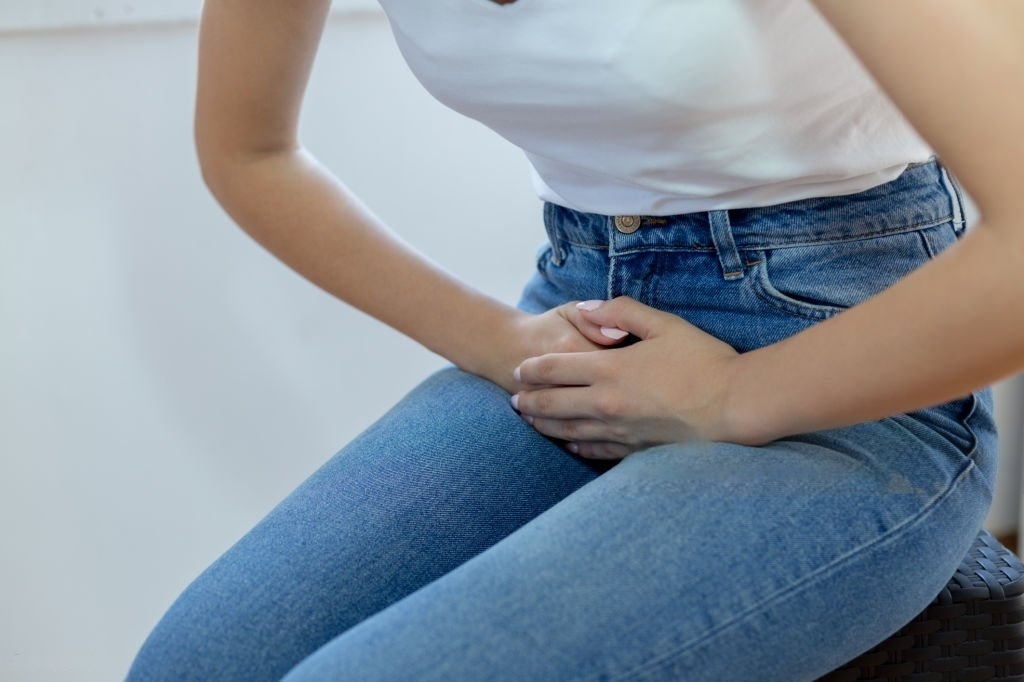
Understanding Urinary Incontinence: Causes and Solutions
What is Urinary Incontinence?
Causes of Urinary Incontinence
- Age: One of the most common causes of urinary incontinence is aging. As we grow older, the muscles and tissues that support the bladder tend to weaken, making it harder to control urinary functions.
- Pregnancy and Childbirth: In women, pregnancy and childbirth can lead to weakened pelvic floor muscles, which can contribute to urinary incontinence. This is particularly common in stress urinary incontinence, which we will discuss in more detail later.
- Obesity: Excess weight can put added pressure on the bladder and surrounding muscles, increasing the risk of incontinence.
- Neurological Conditions: Certain neurological conditions, such as Parkinson’s disease or multiple sclerosis, can affect the nerves that control the bladder, leading to incontinence.
- Medications: Some medications can contribute to incontinence as a side effect. These may include diuretics, sedatives, and muscle relaxants.
- Hormonal Changes: Hormonal changes, especially in women during menopause, can lead to a reduction in estrogen, which can weaken the bladder and urinary tract.
- Underlying Medical Conditions: Conditions like diabetes and urinary tract infections (UTIs) can increase the risk of incontinence.
Understanding the Types of Urinary Incontinence
Stress Urinary Incontinence (SUI)
- Laughing
- Sneezing
- Coughing
- Lifting heavy objects
- Exercising
Urge Incontinence
Urinary Incontinence Treatment Options
Lifestyle Changes
- Kegel Exercises: These exercises help strengthen the pelvic floor muscles, which can significantly improve symptoms of SUI.
- Dietary Adjustments: Reducing caffeine and alcohol intake can help minimize bladder irritation. Maintaining a healthy weight through proper diet and exercise can also have a positive impact.
- Bladder Training: This involves gradually extending the time between bathroom visits to train your bladder to hold more urine.
Medications
- Anticholinergic Medications: These drugs can help relax the bladder muscles and reduce episodes of urge incontinence.
- Topical Estrogen: In postmenopausal women, topical estrogen can help strengthen the tissues in the urethra and vaginal areas.
- Botox Injections: In some cases, Botox injections into the bladder muscle can reduce the frequency and severity of urge incontinence.

Surgical Interventions
- Sling Procedures: For women with stress urinary incontinence, a sling procedure can provide support to the urethra, reducing leakage during activities that trigger SUI.
- Artificial Urinary Sphincter: In more severe cases, an artificial urinary sphincter may be implanted to control urine flow.
- Sacral Neuromodulation: This procedure involves implanting a device that helps regulate the bladder’s nerves and muscles, reducing urge incontinence.
Catheterization for Urinary Incontinence
In some cases, catheterization may be necessary to manage urinary incontinence, especially when other treatments prove ineffective. A urine catheter is a thin tube that is inserted into the bladder to drain urine. It could be a short-term or long-term fix.
Intermittent catheterization is a common method where the catheter is inserted at specific times to empty the bladder completely. This approach can be highly effective for those with functional incontinence or difficulty emptying the bladder fully.
Catheterization should be done under the guidance of a healthcare professional, as improper usage can lead to infections or other complications.
Conclusion
Urinary incontinence is a challenging condition, but it’s important to remember that you’re not alone in this journey. Millions of people worldwide are dealing with similar challenges, and there are effective treatments available. The first step towards finding relief is understanding the type of incontinence you’re experiencing and its underlying causes.
Lifestyle changes, exercises, medications, and, in some cases, surgical interventions or catheterization can significantly improve your quality of life. Don’t let urinary incontinence control your life—seek help and explore the solutions available to you.
